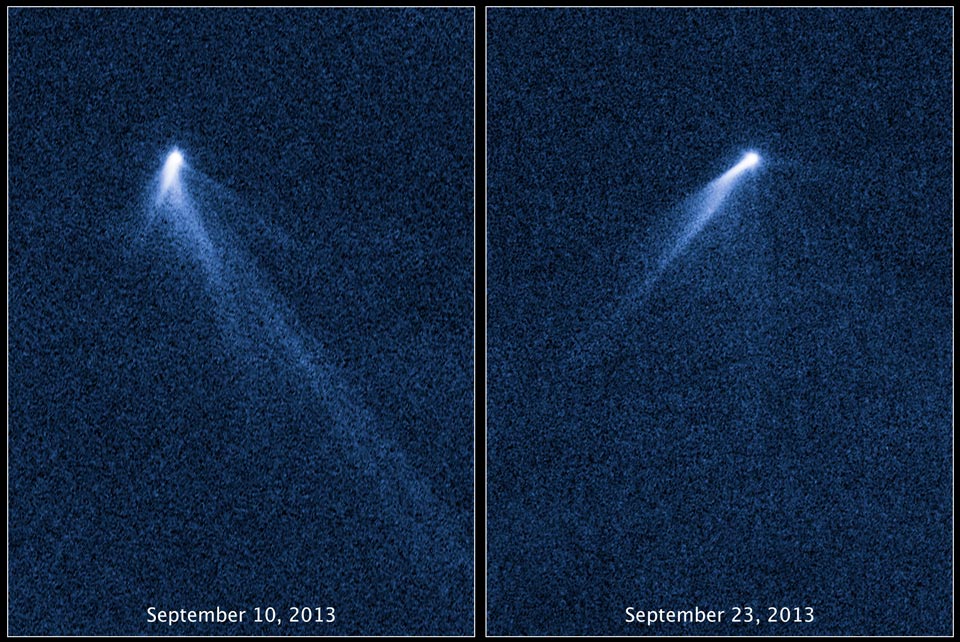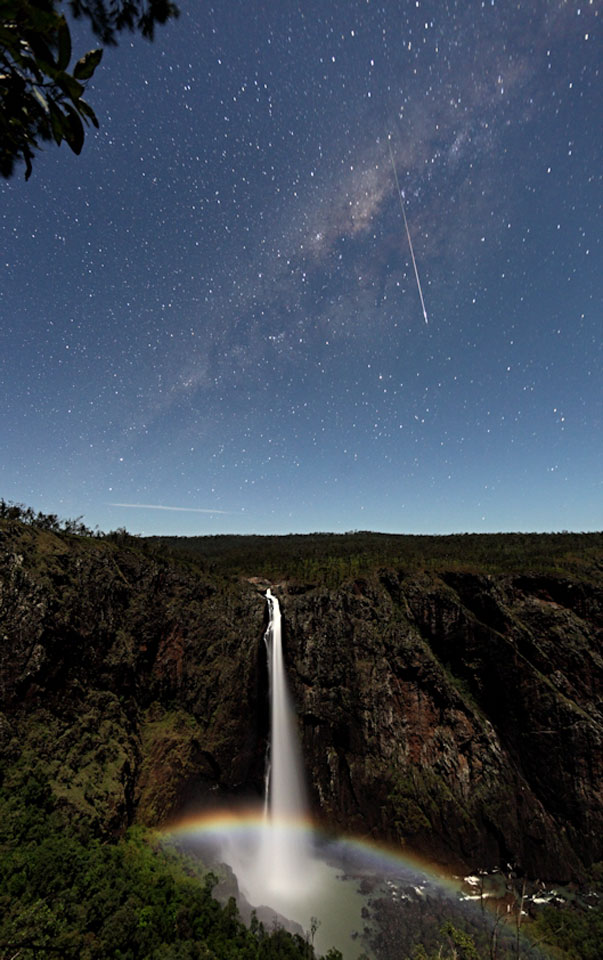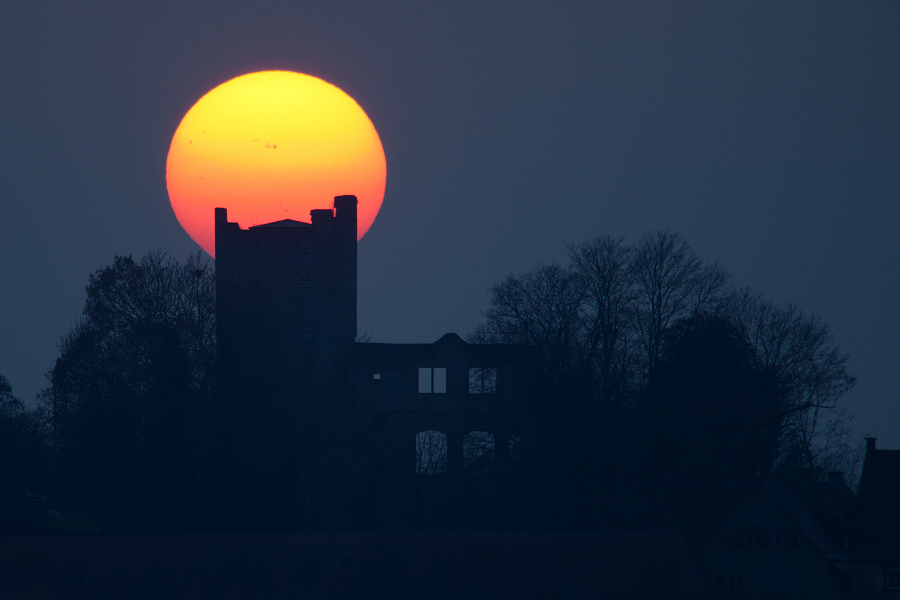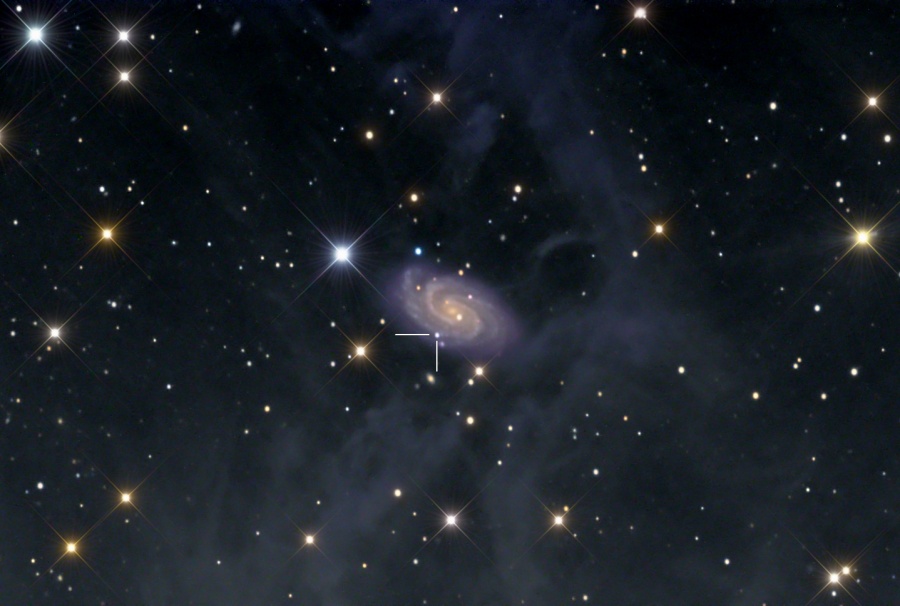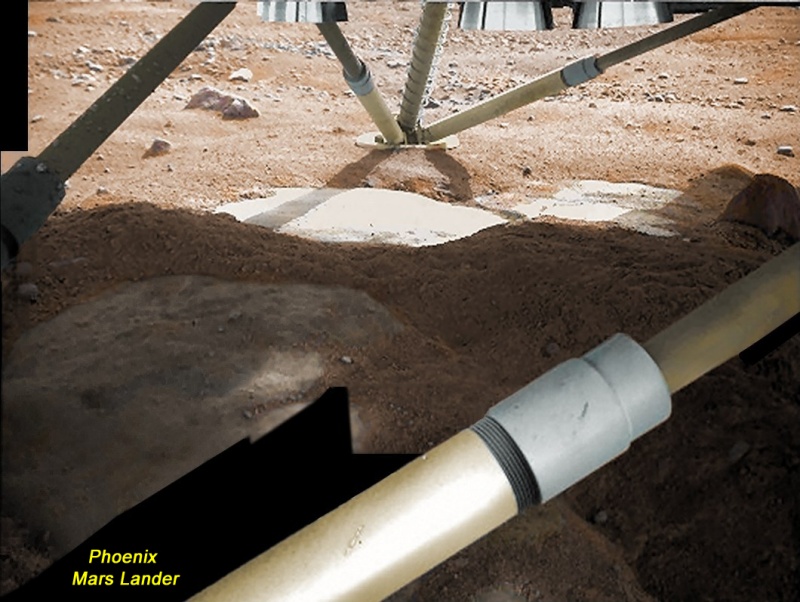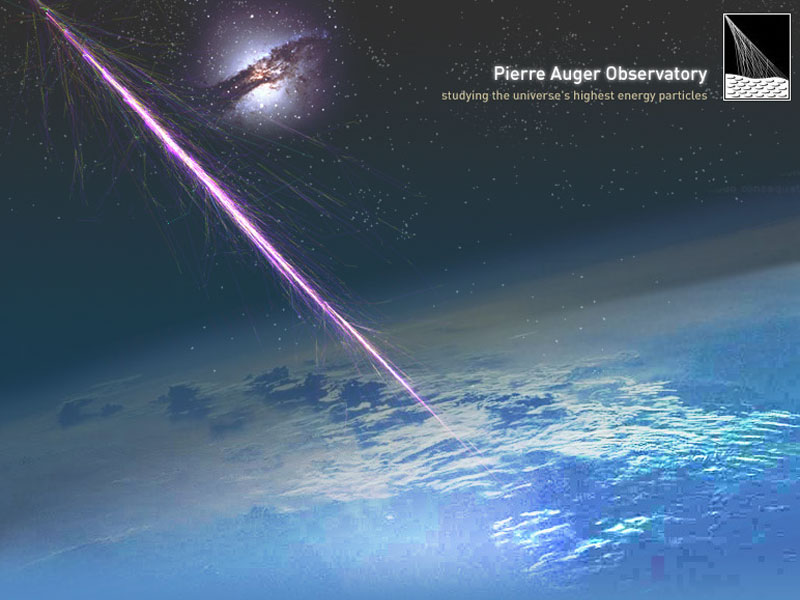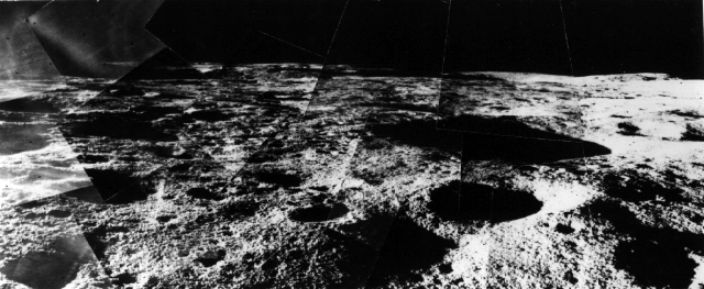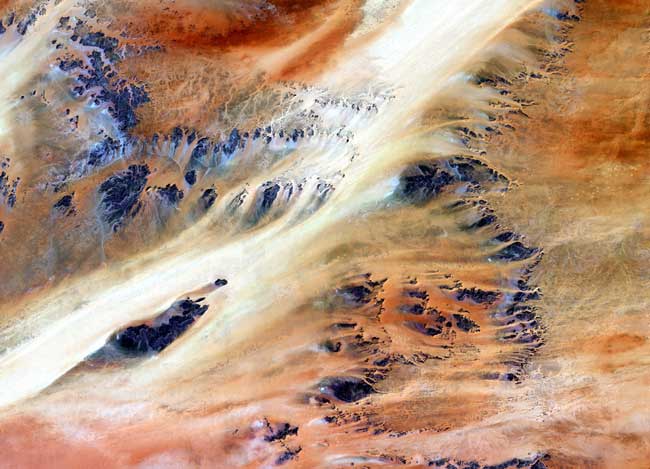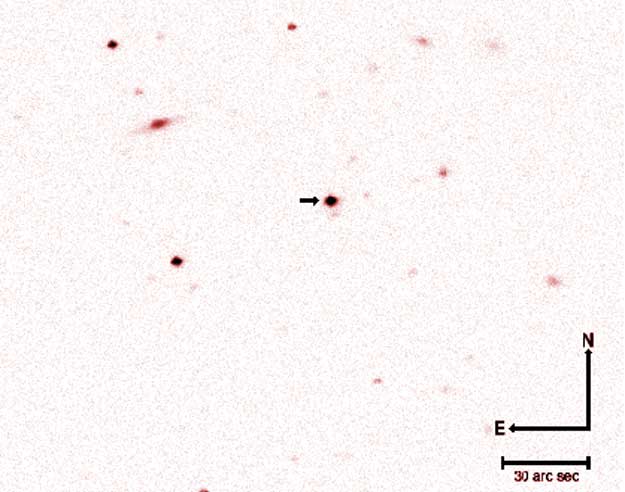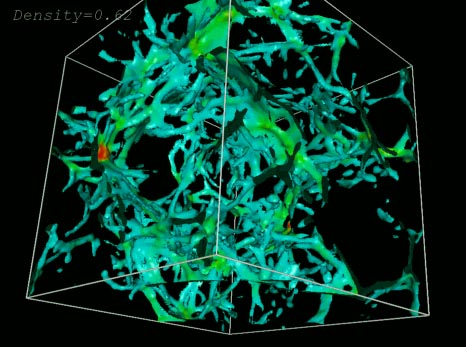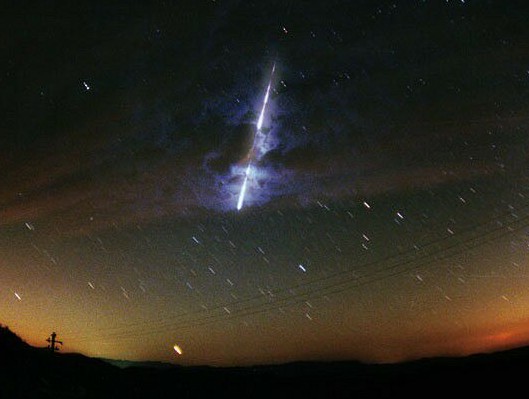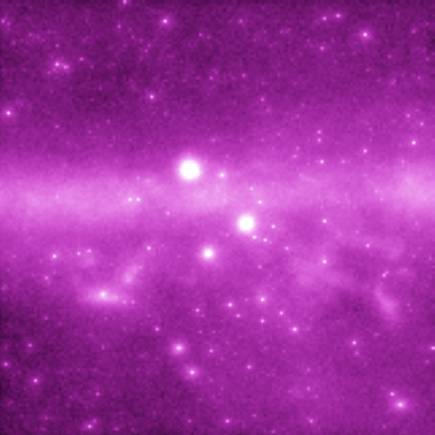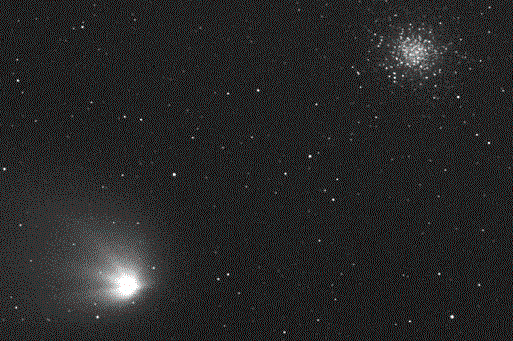| << Previous | Index | Next >> |
2014 Today humanity will make its first attempt to land a probe on the nucleus of a comet. As the day progresses, the Philae (fee-LAY) lander will separate from the Rosetta spacecraft and head down to the surface of Comet 67P/Churyumov–Gerasimenko. Since the texture of the comet's surface is unknown and its surface gravity is surely low, Philae will then attempt to harpoon itself down, something that has never been done before. Featured here is an artist's illustration of dishwasher-sized Philae as it might look on Comet Churyumov–Gerasimenko's surface, along with explanation balloons detailing onboard scientific instruments. Many people on a blue planet across the Solar System will be eagerly awaiting news and updates. Whether Philae actually lands, whether it lands on a smooth patch, whether the harpoons take hold, and how far the robotic lander sinks into the surface should all become known as events unfold today.
2013 What is happening to asteroid P/2013 P5? No one is sure. For reasons unknown, the asteroid is now sporting not one but six discernible tails. The above images were taken two months ago by the orbiting Hubble Space Telescope and show the rapidly changing dust streams. It is not even known when P5 began displaying such unusual tails. Were the main belt asteroid struck by a large meteor, it would be expected to sport a single dust tail. Possible explanations include that light pressure from the Sun is causing the asteroid to rotate increasingly rapidly, which in turn causes pools of previously gravity-bound dust to spin off. Future observations should better indicate how P5 and its dust plumes are evolving and so provide more clues to its nature -- and to how many similar asteroids might exist.
2012 Which feature takes your breath away first in this encompassing panorama of land and sky? The competition is strong with a waterfall, meteor, starfield, and even a moonbow all vying for attention. It is interesting to first note, though, what can't be seen -- a rising moon on the other side of the camera. The bright moon not only illuminated this beautiful landscape in Queensland, Australia last June, but also created the beautiful moonbow seen in front of Wallaman Falls. Just above the ridge in the above image is the horizontal streak of an airplane. Toward the top of the frame is the downward streak of a bright meteor, a small pebble from across our Solar System that lit up as it entered the Earth's atmosphere. Well behind the meteor are numerous bright stars and nebula seen toward the center of our Galaxy. Finally, far in the background, is the band of our Milky Way Galaxy, running diagonally from the lower left to the upper right in the image but also circling the entire sky.
2011 Each day can have a beautiful ending as the Sun sets below the western horizon. This week, the setting Sun added naked-eye sunspots to its finale, as enormous active regions rotated across the dimmed, reddened solar disc. Near the Sun's center in this closing telephoto view from November 7th are sunspots in Active Region 1339. Responsible for a powerful X-class flare on November 3rd, Active Region 1339 is larger than Jupiter. In the foreground, the ruined tower of a medieval castle stands in dramatic silhouette. Located in Igersheim, Germany and traditionally known as castle Neuhaus, it might be named Sunspot Castle for this well-composed scene.
2010 Like delicate cosmic petals, these clouds of interstellar dust and gas have blossomed 1,300 light-years away in the fertile star fields of the constellation Cepheus. Sometimes called the Iris Nebula and dutifully cataloged as NGC 7023, this is not the only nebula in the sky to evoke the imagery of flowers. Still, this beautiful digital image shows off the Iris Nebula's range of colors and symmetries in impressive detail. Within the Iris, dusty nebular material surrounds a hot, young star. The dominant color of the brighter reflection nebula is blue, characteristic of dust grains reflecting starlight. Central filaments of the dusty clouds glow with a faint reddish photoluminesence as some dust grains effectively convert the star's invisible ultraviolet radiation to visible red light. Infrared observations indicate that this nebula may contain complex carbon molecules known as PAHs. As shown here, the bright blue portion of the Iris Nebula is about six light-years across.
2009 This beautiful telescopic skyscape features spiral galaxy NGC 918. The island universe is about 50,000 light-years across and lies some 60 million light-years away toward the constellation Aries. An artistic presentation, the image shows spiky foreground stars in our own Milky Way Galaxy and convoluted dust clouds that hang hundreds of light-years above our galactic plane, dimly reflecting starlight. It also captures NGC 918 in a cosmic moment important to astrophysicists on planet Earth. Light from supernova SN2009js, absent in previous images, is indicated by the two lines just below and left of the galaxy's center. The supernova itself is the death explosion of a massive star within the plane of galaxy NGC 918. It was just discovered in October by supernova search teams in Japan and the US.
2008
2007 Where do cosmic rays come from? A major step toward answering this century old question may have just come in from the Auger Observatory project, the world's premier cosmic ray observatory. That high energy fundamental particles are barreling through the universe has been known for about a century. Because ultra high energy cosmic rays are so rare and because their extrapolated directions are so imprecise, no progenitor objects have ever been unambiguously implied. New results from Auger, however, indicate that 12 of 15 ultra high energy cosmic rays have sky directions statistically consistent with the positions of nearby active galactic nuclei. These galactic centers are already known to emit great amounts of light and are likely powered by large black holes. The Auger results also indicate that the highest energy cosmic rays are protons, since the electric charge of higher energy nuclei would force the Milky Way Galaxy's magnetic field to deflect and effectively erase progenitor source direction. Pictured above, an artist illustrates a cosmic ray striking the Earth's atmosphere and creating a shower of secondary particles detectable on the surface. The image of Centaurus A digitally superposed near the top signifies one such active galaxy from which cosmic rays might originate.
2006 Three thousand light-years away, a dying star throws off shells of glowing gas. This image from the Hubble Space Telescope reveals the Cat's Eye Nebula to be one of the most complex planetary nebulae known. In fact, the features seen in the Cat's Eye are so complex that astronomers suspect the bright central object may actually be a binary star system. The term planetary nebula, used to describe this general class of objects, is misleading. Although these objects may appear round and planet-like in small telescopes, high resolution images reveal them to be stars surrounded by cocoons of gas blown off in the late stages of stellar evolution.
2005 This panorama of the cratered lunar surface was constructed from images returned by the US Surveyor 6 lander. Surveyor 6 was not the first spacecraft to accomplish a soft landing on the Moon ... but it was the first to land and then lift off again! After the spacecraft touched down near the center of the Moon's nearside in November of 1967, NASA controllers commanded it to hop. Briefly firing its rocket engine and lifting itself some 4 meters above the surface, the Surveyor moved about 2.5 meters to one side before setting down again. The hopping success of Surveyor 6 essentially marked the completion of the Surveyor series main mission - to determine if the lunar terrain was safe for the planned Apollo landings.
2004 The critics rave - "Amazing!", "Unbelievable!", "The best I've ever seen!" They aren't talking about a movie, though. Instead, even casual sky critics are remarking on November's stunning auroral displays, visible with surprising intensities well beyond the confines of high latitudes where auroral activity is normally observed. In fact, in this example of an unforgettable performance a green ribbon of auroral light stretches from horizon to horizon - recorded on November 7th with a fisheye lens near Warrensburg, Missouri, USA. Want to see an aurora? Relatively wide-spread displays may continue, triggered by activity from an energetic sunspot region.
2003 Does Mars have canals? A hot debate topic of the late 1800s, several prominent astronomers including Percival Lowell not only claimed to see an extensive system of long straight canals on Mars, but used them to indicate that intelligent life exists there. The relatively close opposition of 1894 was used to make drawings like the one digitally re-scaled on the above left. The above map was originally prepared by Eugene Antoniadi and redrawn by Lowell Hess for the book Exploring Mars, by Roy A. Gallant. In more modern times, the latest Mars opposition has allowed the Hubble Space Telescope to capture a picture of similar orientation. Comparison of the two images shows that large features were impressively recorded, but that an extensive system of long and straight canals just does not exist. Satellites orbiting Mars have now shown conclusively that the red planet does indeed have surface features similar to canals, but that these are usually smaller, curved, and less extensive than that previously claimed. Real canyon systems like Noctis Labyrinthus are most likely cracks caused by surface stress.
2002 Dominating the top third of Africa is the largest band of dry land on Earth: the Sahara Desert. Stretching across the Sahara are vast plains of sand and gravel, seas of sand dunes, and barren rocky mountains. Only 10,000 years ago, however, grasses covered the region, then rich in mammals such as lions and elephants. Now only two percent of the Sahara are oases, patches of land where crops will grow and where nearly two million people live. Oases are usually centered on natural water springs. Pictured above is colorful and rocky land spanning about 50 kilometers near the Terkezi Oasis in Chad.
2001 What is that unusual object? Astronomers can identify most objects that are imaged on the sky, but not all. Pictured above is one that currently defies classification. Attributes of the object include that it has unusual colors, appears to be fading as months go by, and appears to be associated with a distant galaxy. Its discoverers hold hope that they have uncovered the first known orphan afterglow, an explosion that would have been classified as a gamma-ray burst if the gamma-rays were beamed in our direction. Orphan afterglows, if they exist, could have unparalleled brightness, and hence be visible so far away that they yield key information about the early years of our universe. A bit of caution might be merited, however, as the last well-publicized mystery object turned out not to be a new member of the astronomical zoo, but rather an unusual type of quasar. Follow-up observations and analysis over the next year may find more objects like this and/or solve this mystery.
2000 We live in a forest. Strewn throughout the universe are "trees" of hydrogen gas that absorb light from distant objects. These gas clouds leave numerous absorption lines in a distant quasar's spectra, together called the Lyman-alpha forest. Distant quasars appear to be absorbed by many more Lyman-alpha clouds than nearby quasars, indicating a Lyman-alpha thicket early in our universe. The above image depicts one possible computer realization of how Lyman-alpha clouds were distributed at a redshift of 3. Each side of the box measures 30 million light-years across. Much remains unknown about the Lyman-alpha forest, including the real geometry and extent of the clouds, and why there are so many fewer clouds today.
1999 Will this be the year? Last year's Leonid meteor shower did not produce the meteor storm many had hoped for. Still, it put on a dazzling show with many bright fireball meteors. For example, this Leonid fireball, photographed through light clouds, eerily flashed across the skies of Monteromano, Italy on November 17, 1998. This year, the chances for a storm with thousands of meteors per hour are considered good ... but experts are quick to acknowledge that such predictions are tricky. Want to see for yourself? The predicted peak should occur on early Thursday, November 18 (UTC) but meteor activity will certainly be observable days before and after. If the night is clear, just grab a lawn chair and a warm jacket, go outside and look up!
1998 This simulated image models the intensities of gamma rays with over 40 million times the energy of visible light, and represents how the sky might appear to the proposed Gamma-ray Large Area Space Telescope (GLAST) after its first year in orbit. Familiar steady stars are absent from the dramatic 80x80 degree field which looks directly away from the center of the Galaxy. Instead, the Geminga and Crab pulsars - bizarre, spinning stellar corpses known to be neutron stars - are the two brightest gamma-ray sources. These and other bright objects in the field, dense pulsars, monstrous active galaxies, and still unknown sources, have been detected by the Energetic Gamma-Ray Experiment Telescope (EGRET) on the orbiting Compton Gamma-Ray Observatory. However, most of the simulated point sources are new - extrapolating current ideas and anticipating discoveries resulting from GLAST's improved gamma-ray vision. The central broad band of faint gamma-ray emission is due to high-energy cosmic rays colliding with interstellar gas in the outer spiral arms of the Milky Way, while below is a diffuse energetic glow from prominent molecular clouds in Monoceros, Orion, Auriga, and Taurus. Intended to explore the most extreme energy sources in the distant cosmos and planned for launch in 2005, the GLAST mission is under development by NASA and a collaboration of U. S. and international partners.
1997 El Niño is a temporary global climate change resulting from unusually warm water in the central Pacific Ocean. El Niño can cause unusual or severe weather for some locations over the next few months. Warm water is shown in white in the above false-color picture taken by the orbiting TOPEX/Poseidon satellite in late October. The Pacific Ocean is color coded by sea surface height relative to normal ocean levels. The large white area represents a mass of warm water 30 times greater than all the Great Lakes, flowing toward the Americas. Although El Niños occur every decade or so, this year's is the first ever predicted. The cause and full effects of El Niños are still under study.
1996 Comet Hale-Bopp continues its slow trek across the night sky, and can now be seen superposed near the bright globular cluster M14. Will Comet Hale-Bopp become as bright in early 1997 as Comet Hyakutake did in early 1996? It is still too early to tell. Currently Hale-Bopp is curiously holding at about 5th magnitude - just barely bright enough to see without binoculars from a dark location. Because of the size of coma, some speculate that the nucleus of Hale-Bopp is unusually large. The actual nucleus is obscured, however, and recent speculation includes that the nucleus is comparable in size to Comet Halley - about 10-15 km across.
1995 Recently two new types of lightning have been verified: red sprites and blue jets. These atmospheric discharges occur very high in the Earth's atmosphere - much higher than the familiar form of lightning. Blue jets appear blue in color and go from the tops of clouds to a height of about 50 kilometers. Because blue jets typically last almost a full second, one can easily see the jet rise from the clouds with a fast video camera. Blue jets appear as narrow cones and travel about 100 kilometers per second. The existence of blue jets has been suggested previously, but only in 1994 were aircraft flown above massive thunderstorms with the high speed video equipment necessary to verify these spectacular events. The above black & white picture shows several blue jets rising from a thunderstorm simultaneously. Part of the aircraft is visible in silhouette on the right. Scientists are unsure of the cause and nature of blue jets.
| << Previous | Index | Next >> |

